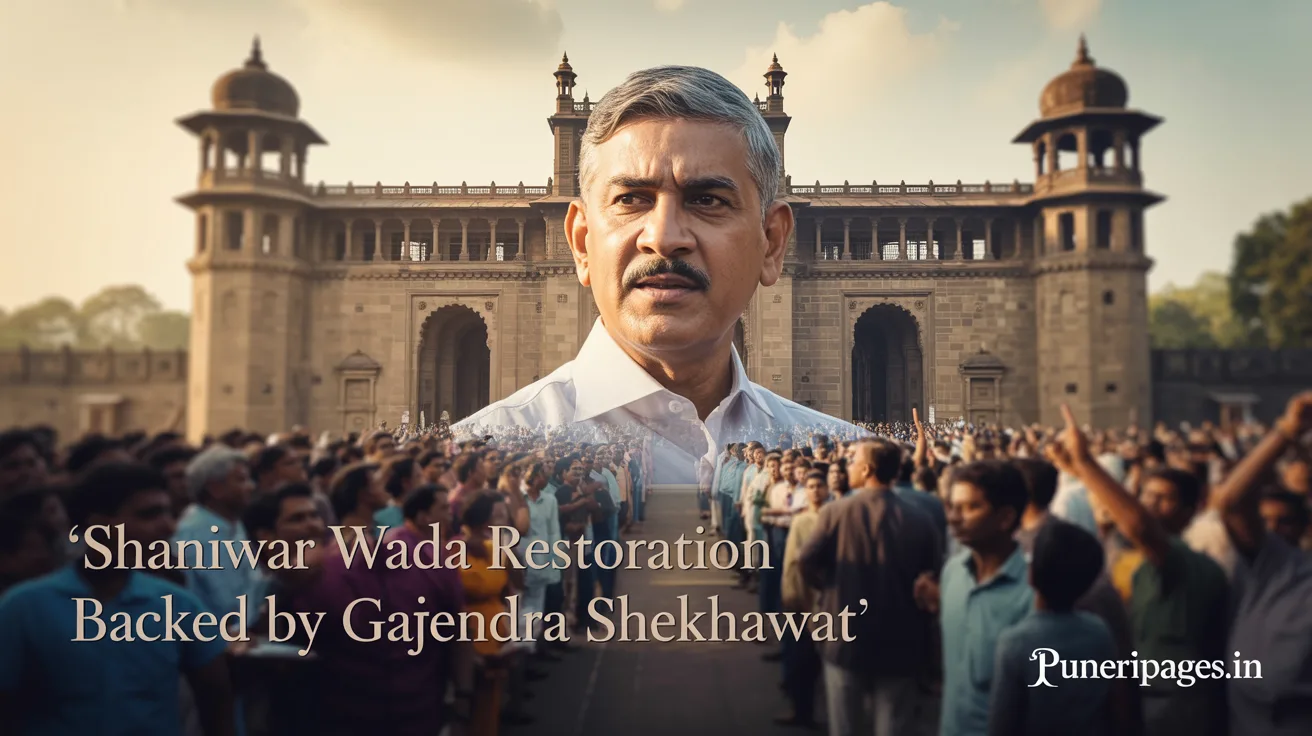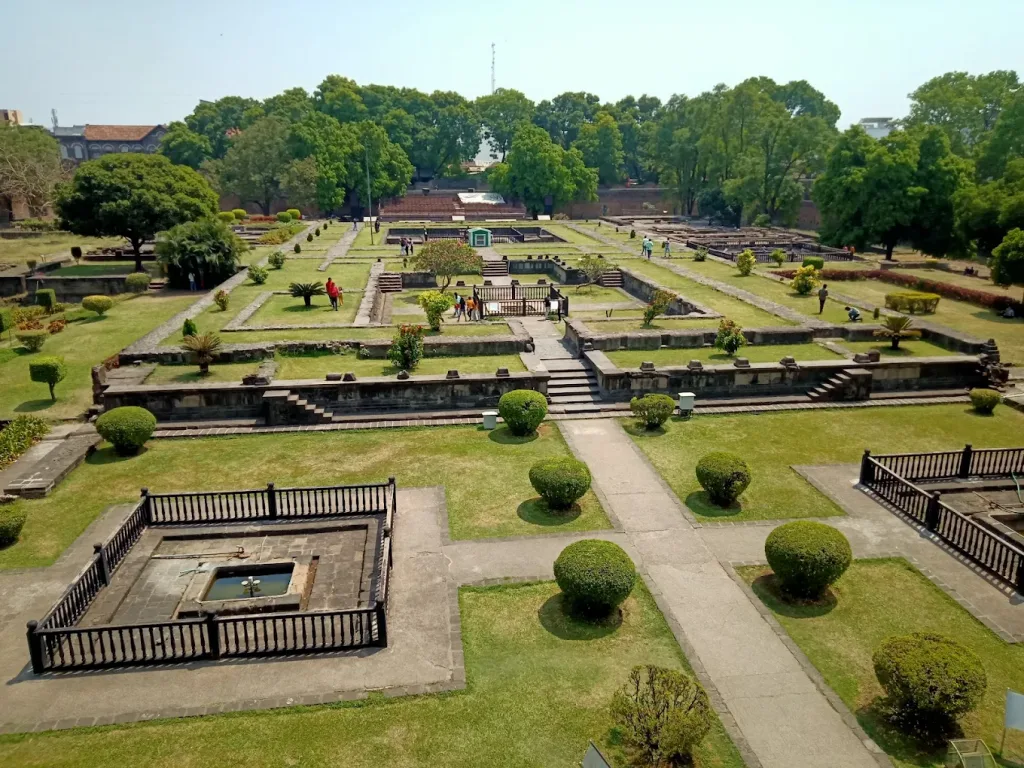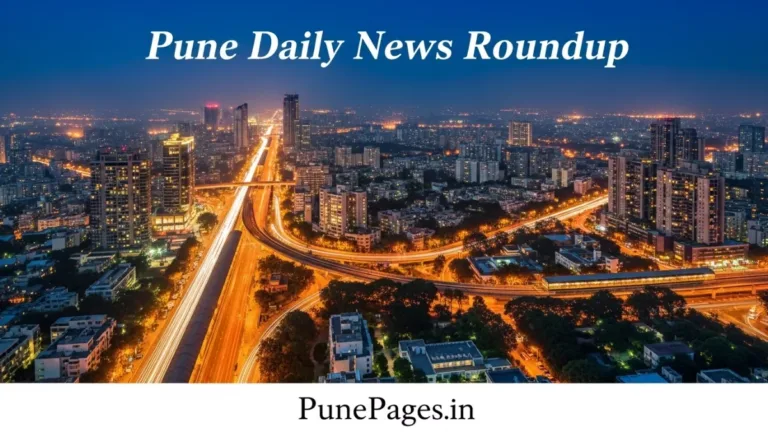
Union Minister Gajendra Shekhawat visits Pune and backs the restoration of the historic Shaniwar Wada — full report on puneripages.in
Table of Contents
Introduction
Pune’s iconic and historic Shaniwar Wada is poised for a substantial transformation as Union Minister Gajendra Shekhawat throws his full support behind a comprehensive restoration and modernization initiative. This 18th-century fort, an emblem of Maratha grandeur and Peshwa administration, has for years stood as a symbol of Pune’s regal legacy. The newly unveiled restoration blueprint not only underscores a commitment to architectural preservation but also embraces the power of digital innovation to redefine visitor engagement.
With the launch of a sophisticated multilingual audio guide, this project aims to create a vibrant, inclusive, and historically rich experience for tourists from across India and beyond. The announcement has generated widespread excitement among historians, conservationists, educators, and residents of Pune, who view this initiative as a long-overdue step in preserving the city’s cultural identity.

The Restoration Plan 🌱
Key Highlights:
- Structural Rehabilitation:
- A full-scale effort to strengthen the fort’s external walls, bastions, and gatehouses.
- Meticulous conservation of stone carvings, wooden frameworks, and ornamental motifs dating back to the Peshwa reign.
- Landscape Upgrades:
- Integration of Peshwa-era garden aesthetics including indigenous plant varieties and water channels.
- Eco-sensitive design enhancements for pathways, amphitheaters, and rest zones.
- Modern Amenities:
- Smart lighting for extended hours, enabling twilight tours and evening events.
- Addition of sustainable sanitation units, filtered water stations, and accessible walkways for differently-abled visitors.
- Interactive Displays:
- Digital storytelling screens that chronologically map the political and military legacy of the Peshwas.
- Virtual reality kiosks offering immersive re-creations of the 18th-century lifestyle and battles.
These ambitious upgrades are being overseen by an interdisciplinary committee of architects, conservation specialists, urban designers, and heritage professionals. Their collaborative approach ensures that the integrity of the site is preserved while adopting forward-thinking enhancements.
Multilingual Audio Guide: A Step Toward Inclusivity 🎤
Complementing the physical restoration is the introduction of a multilingual audio guide designed to democratize access to the fort’s rich narrative. This feature-rich tool ensures that a diverse array of visitors can explore Shaniwar Wada with cultural and linguistic ease.
Currently available in:
- Marathi 🌐
- Hindi 🇮🇳
- English 🇬🇧
Languages such as French, German, and Japanese are also under consideration to accommodate the international tourist demographic.
Features of the Audio Guide:
- Professional Narration: Storylines are voiced by celebrated orators and dramatists, delivering vivid renditions of key historical moments.
- Sound-Enhanced Experience: Ambient music and battlefield effects enrich the narrative.
- QR Code Access: Strategically placed codes allow seamless downloads on personal smartphones.
- Visitor Customization: Topic-based tracks offer personalized thematic tours, whether focused on architecture, war strategies, or cultural practices.
This blend of heritage and technology positions Shaniwar Wada as one of India’s most engaging, interactive historical sites.
Union Minister’s Perspective 🏛️
During the ceremonial launch, Union Minister Gajendra Shekhawat emphasized the role of historical monuments in shaping national consciousness. His remarks spotlighted the importance of blending conservation with educational outreach:
“Shaniwar Wada is not merely an ancient structure; it’s a narrative foundation of Maratha valor and leadership. This integrated restoration will ensure its stories live on — not just in books but in the hearts of those who walk through these gates.”
Minister Shekhawat also hinted at further government support for similar projects nationwide, indicating a long-term cultural policy shift.
Impact on Pune and Tourism 🌍
The multifaceted project is set to catalyze growth and interest on multiple fronts:
- Boost in Tourism:
- Shaniwar Wada is likely to see a surge in footfall, particularly from educational institutions, international heritage travelers, and domestic history buffs.
- Visitor traffic is expected to spill over to other nearby attractions such as Vishrambaug Wada and the Aga Khan Palace.
- Cultural Renaissance:
- Plans are underway to organize classical dance performances, Peshwa-themed exhibitions, and weekend heritage markets within the premises.
- Opportunities will arise for local artists to contribute to visual and performing arts initiatives.
- Local Economy Uplift:
- Small businesses—including food stalls, craft vendors, and local guides—will see economic benefits.
- Job creation in conservation, digital content creation, and event management is anticipated.
- Academic & Learning Potential:
- Guided history programs will be tailored for schools and colleges.
- Collaboration with Pune University and local history departments is being explored.
Conclusion
The revitalization of Shaniwar Wada represents a visionary step in preserving and promoting India’s architectural and cultural legacies. Supported by Union Minister Gajendra Shekhawat and backed by a team of domain experts, this initiative holds the potential to redefine heritage tourism in Pune. The dual focus on physical restoration and digital enhancement ensures that history is not only preserved but brought to life in a way that resonates with today’s tech-savvy and diverse audience.
Pune’s residents and visitors alike now have a unique opportunity to reconnect with a cornerstone of Maratha history. As Shaniwar Wada transforms into a living museum and cultural epicenter, it promises to become a landmark not just of the past—but also of a progressive, heritage-conscious future.






